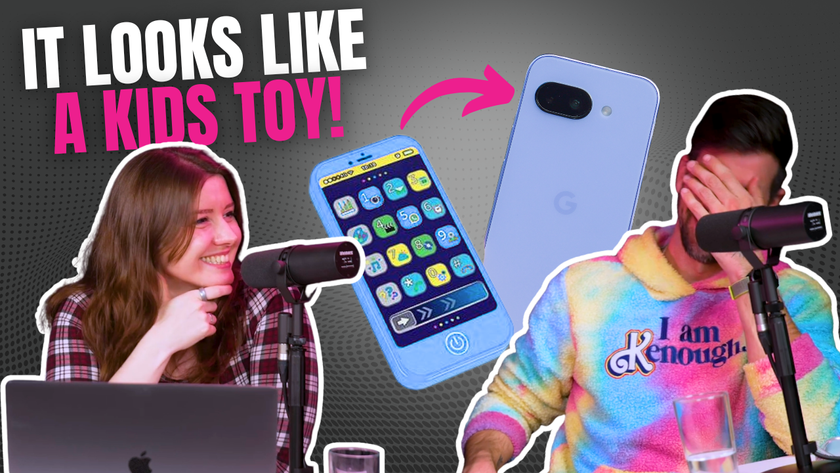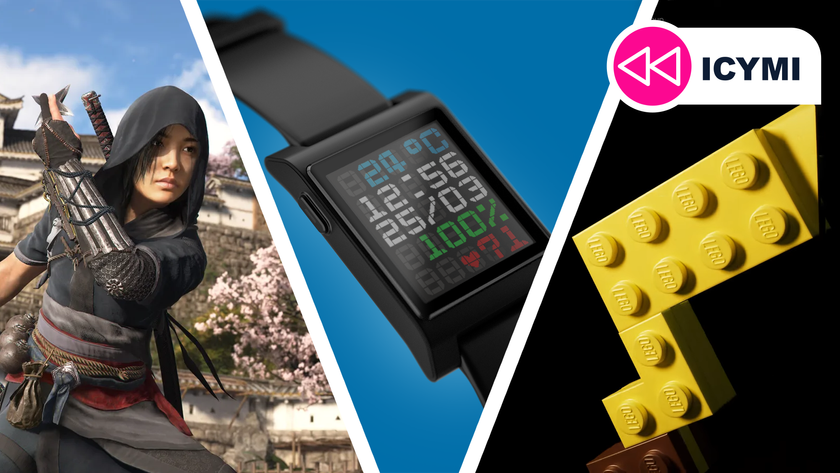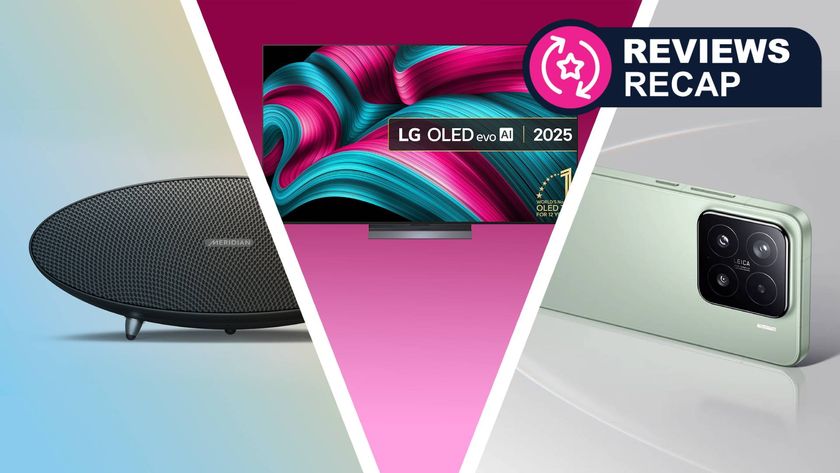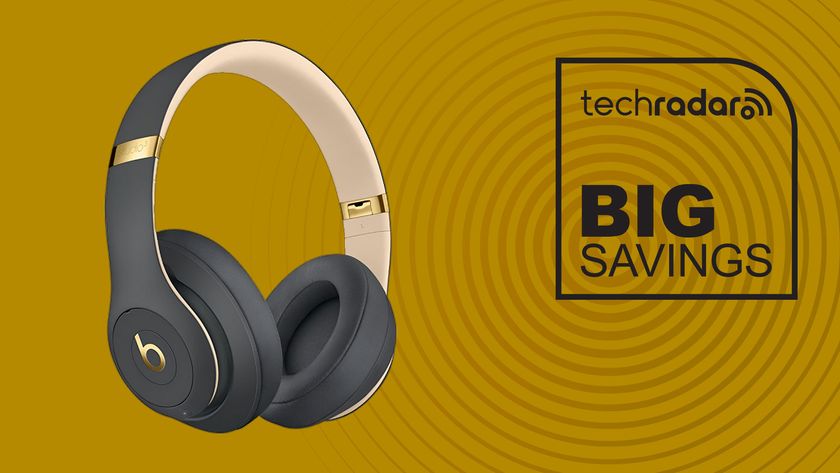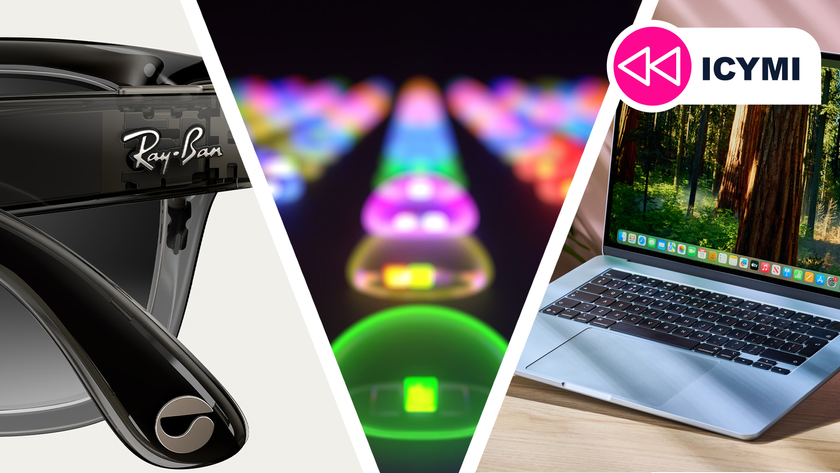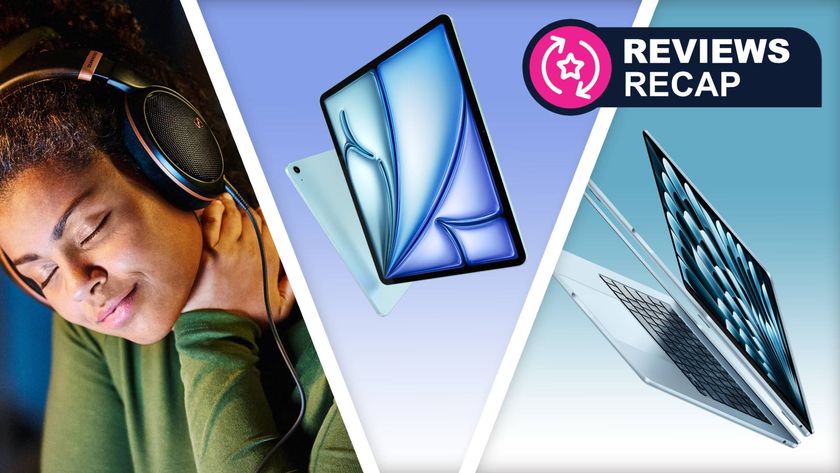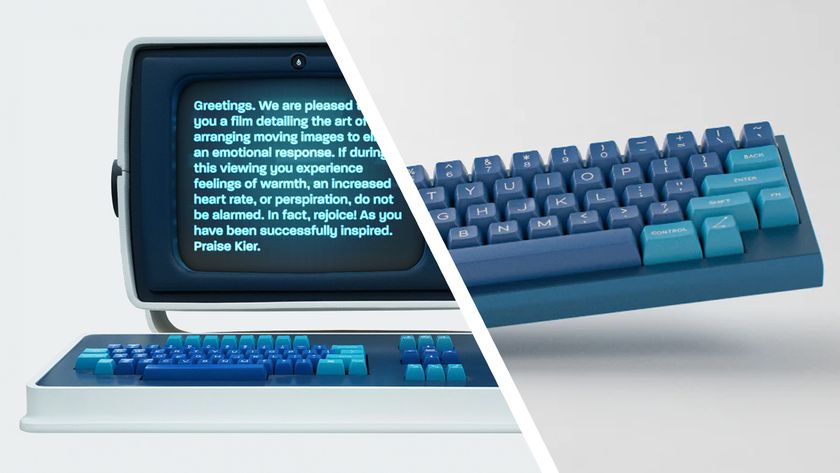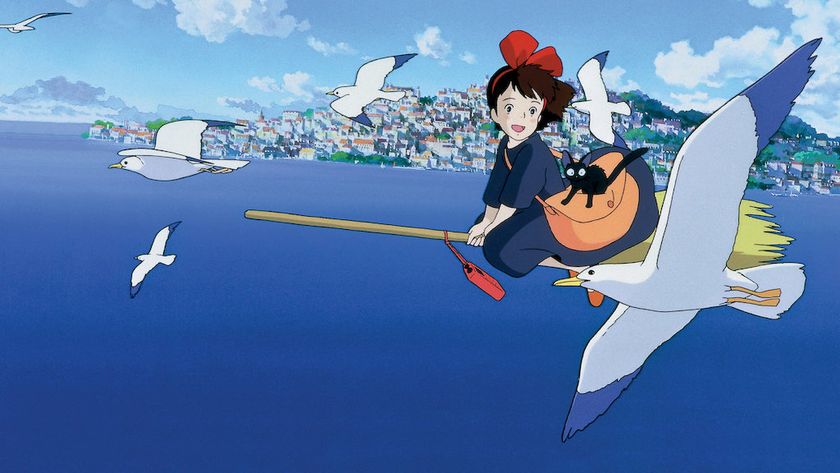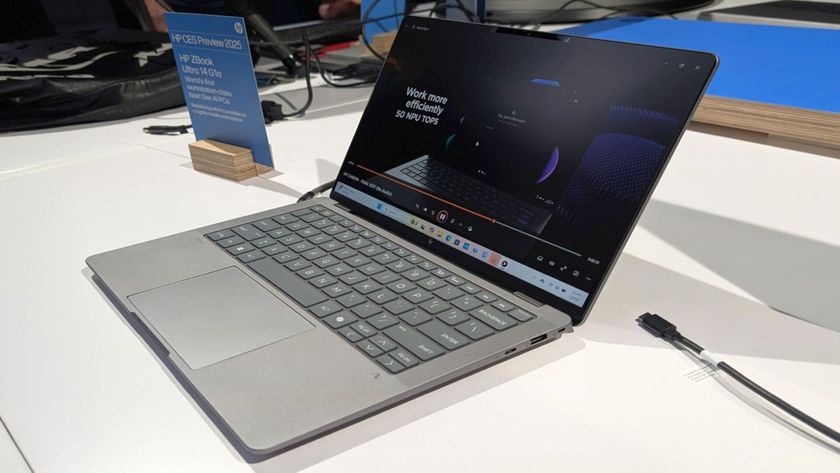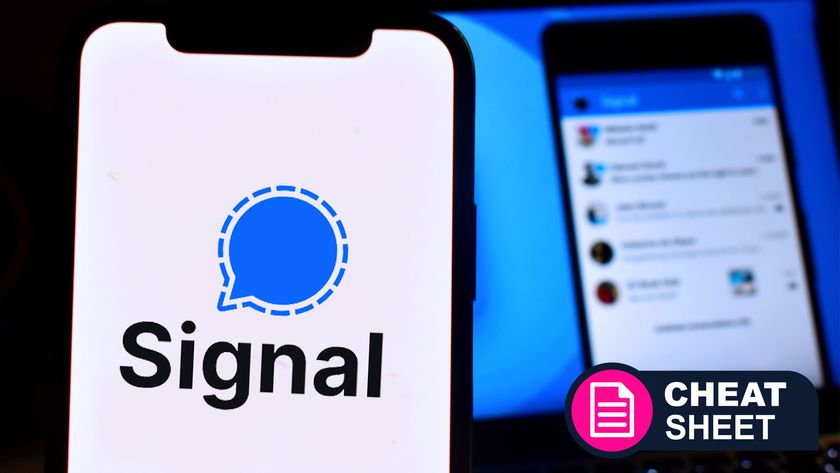Google Glass competitors: What are they and how do they compare?
A few Google Glass alternatives are cheap, available now
Not as delicious sounding is the fact that the two settings are changed manually by adjusting the wing-like lever that juts out of the side of these Android-based glasses.
The trade-off is that the bulky Ora-S features a larger 4:3 screen with a 24-degree field of view vs Google Glass' 14 degree FOV. The only spec shortfall is in the camera. Optinvent opted for a less revolutionary VGA snapper.
The developer version of the two-mode Optinvent Ora-S AR eyewear is expected to go on sale in March and be less expensive than what Google Glass Explorers are paying right now.
4. Recon Jet
Price: $599 (about £368/AU$669)
Release Date: Spring 2014
Recon Instruments makes its Recon Jet glasses sound promising because it's fashioning them as sports eyewear - it's not trying to sell the wearable as an awkward, new digital lifestyle.
The polarized lenses have an high-resolution display with IR Gaze detection facing your right eye and an HD camera pointing outward.
Get daily insight, inspiration and deals in your inbox
Sign up for breaking news, reviews, opinion, top tech deals, and more.
There's an optical touchpad next to the camera and inside there's a 1GHz dual-core CPU surrounded by antennas and sensors like GPS.
This results in a host of performance metrics: speed/pace, distance, duration and ascent/descent. Optional external antennas can add so that the dashboard gauges one's heart rate, power and cadence.
Best of all, these stats are joined by caller ID and SMS alerts in your periphery, negating the temptation to take your phone out of your biker short shorts every time it beeps or buzzes.
All of this sounds promising for athletes, whether they're cycling or playing volleyball, especially when holding a cell phone isn't part of the game.
The Recon Jet shades can be ordered now in black or white for a bargain $599 (about £368/AU$669) with delivery expected in spring 2014.
5. GlassUp
Price: Starting at $299 (about £184/AU$334)
Release Date: June 2014
The crowd-funded GlassUp finished just shy of its funding goal, but that's okay because the startup went with Indiegogo instead of Kickstarter and still received most of the money it needed.
The eyeglasses are designed for real-time information, alerting wearers of incoming emails, texts, tweets and Facebook updates.
Interestingly, they're read-only bifocals, with the startup being a little more realistic than some of its ahead-of-their-time competition.
"They are read only," admits GlassUp on its website. "We believe it would be messy to try and manage the messages: to respond to a message you'll have to go back to your mobile, as usual."
The prototypes aren't multimedia-centric either, giving basic text and icon information through its 320 × 240 resolution display.
Its maps app is illustrated using text and arrows for turn-by-turn directions, for example, and a TripAdvisor travel app features up to five review stars when standing in front of a hotel.
GlassUp is a little further off than its competitors with a release date set for June 2014. It's up for pre-order right now and can even be purchased in Bitcoin.
6. Epiphany Eyewear
Price: Starting at $299 (about £184/AU$334)
Release Date: 2014
Epiphany Eyewear describes its Google Glass alternative as "great designer glasses that happen to contain an incredibly powerful social computer."
These normal-looking shades put style ahead of electronics, hiding an HD camera with a wide-angle field of view in the lenses. It's said to be wider than any smartphone camera out right now.
Epiphany is uniquely social, too. While there's no dramatic visual overlay on these spectacles, they're able to live stream video posts to Facebook through its own YouGen.TV video platform.
The Los Angeles-based company already has a number of beta testers uploading point-of-view videos, from boxing on Muscle Beach to shotgunning a beer at the office.
There's no dramatic visual overlay in this version of the spectacles, but Epiphany's chic frames are compatible with prescription lenses and available for pre-order right now at an equally attractive price.
7. Telepathy One
Price: Unknown
Release Date: Unknown
The Telepathy One is a trippy little headband that emphasizes its tagline "Wear Your Love."
As you might have guessed, this means the device is designed to broadcast what you see and hear to a close friend or family member who isn't physically close.
In addition to an integrated camera, the Telepathy One includes a micro-projection display on a frame that is worn the opposite way of Google Glass.
Glass runs from ear to to ear with its bridge resting on your nose. Telepathy One runs along the back of your head, opening up your field of view with only the micro-projection in the periphery.
There's no specific release date or pricing attached to this small startup's "intimate" take on wearables, but the team is actively tweaking the user interface to match what Google Glass has achieved in its Explorer program
Through the looking Glass
The differences between the Google Glass tech specs and the internals of its competitors are subtle. All of them feature hands-free cameras and most have video overlays to augment reality.
But the intentions of these Google Glass alternatives vary; some are meant for sports, others for lifestyle, and a few are destined to enhance social interactions.
There's still time to consider alternate choices from what the search engine leader has to offer but sadly, only so much room on one's face for such a wearable.
